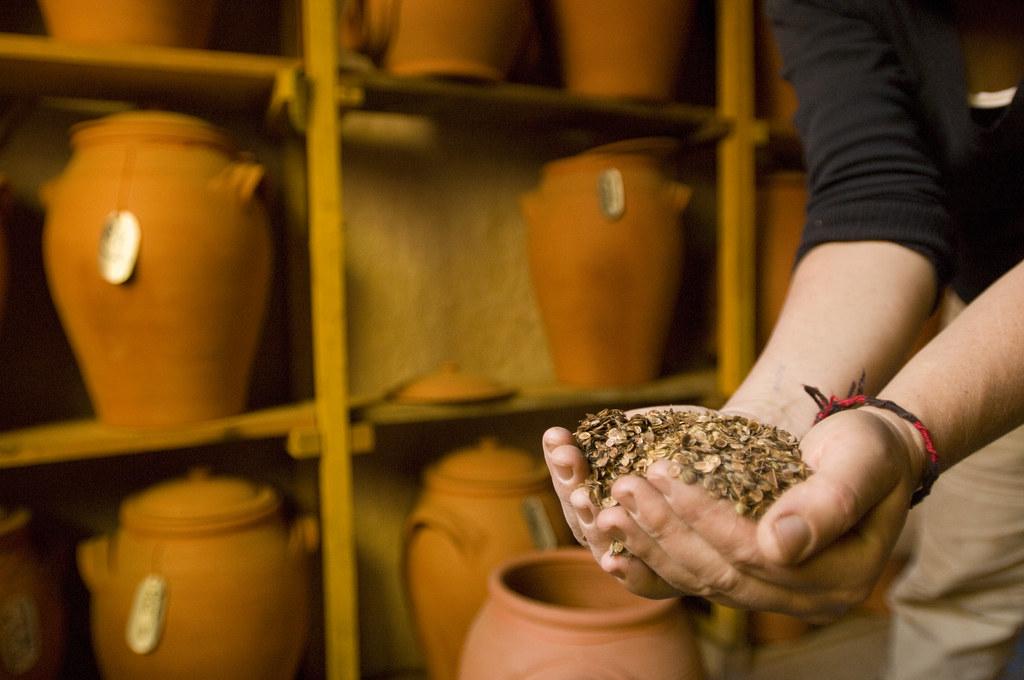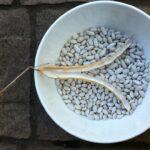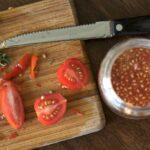Are you looking to start a vegetable garden, but don’t know where to start when it comes to selecting vegetable seeds? There are many factors to consider when choosing the right seeds for your garden, including climate, soil type, and personal preferences. With the right knowledge and preparation, you can select vegetable seeds that will help you save time and money, while still producing a bountiful harvest.
Selecting Vegetable Seeds

Climate
The first thing to consider when selecting vegetable seeds is the climate in which you live. Some vegetables are better suited for warm climates, while others thrive in cooler temperatures. Make sure to choose seeds that are suitable for your area and will be able to grow to maturity without being damaged by extreme weather conditions.
Soil Type
The type of soil in your garden will also play a role in selecting the right vegetable seeds. Some plants prefer well-drained soil, while others need soil that retains moisture. Make sure to research the soil requirements of the vegetables you’re interested in growing, and choose seeds that will thrive in your specific soil type.
Personal Preferences
Consider your personal preferences when selecting vegetable seeds. Do you have a favorite vegetable or type of cuisine? Make sure to choose seeds that will allow you to grow the vegetables you love to eat. You should also consider your level of gardening experience, and choose seeds that are easy to grow and maintain if you’re a beginner.
Cost
Finally, consider the cost of the seeds you’re interested in purchasing. While it may be tempting to choose the cheapest option, keep in mind that the quality of the seeds will directly impact the success of your garden. Choose seeds that are reasonably priced and of good quality, to ensure you’re getting the best value for your money.
With these considerations in mind, you’ll be well on your way to selecting the best vegetable seeds for your garden and maximizing your savings. Here are some additional tips to keep in mind when shopping for seeds:
Read seed packets carefully
Make sure to read the seed packets carefully before making a purchase. Pay attention to the number of seeds included in each packet, as well as the recommended planting and harvesting dates. This information will help you determine whether a particular seed variety will be suitable for your garden.
Buy from reputable suppliers
Choose a reputable seed supplier to ensure you’re getting high-quality seeds. Do some research and read reviews from other gardeners to find a supplier that offers a wide selection of seeds, and provides excellent customer service.
Start with easy-to-grow varieties
If you’re new to gardening, it’s best to start with easy-to-grow vegetable varieties. Some of the best options include lettuce, radishes, green beans, and cherry tomatoes. These vegetables are relatively easy to grow, and are great for those who are just starting out.
Choose heirloom seeds
Heirloom seeds are a great option for those who are looking to save money and reduce waste. These seeds can be saved from year to year, and will produce plants that are true to the original variety. Heirloom seeds are also often more flavorful and nutritious than hybrid varieties, making them a great choice for those who are interested in growing their own food.
In conclusion, selecting the right vegetable seeds can help you save money, reduce waste, and enjoy a bountiful harvest. Make sure to consider your climate, soil type, personal preferences, and cost when shopping for seeds, and choose a reputable supplier that offers high quality seeds. By starting with easy-to-grow varieties and choosing heirloom seeds, you can ensure a successful and sustainable vegetable garden that will provide you with fresh, delicious produce for years to come.
Keywords: vegetable seeds, garden savings, climate, soil type, personal preferences, cost, seed packets, reputable supplier, easy-to-grow varieties, heirloom seeds, bountiful harvest, fresh produce.
Check out our Novel Writing Workbooks
Check out Little Tree Food Forest for articles on food forests and homesteading.
Check out FoodieScapes for articles on growing, fermenting and preserving food
Check out StoryScapes.World for articles on writing.
Subscribe to our newsletter to get information delivered to your inbox on edible landscaping, growing food and medicinal plants, growing mushrooms, foraging, fermentation, food preservation, raising small livestock, and more.










